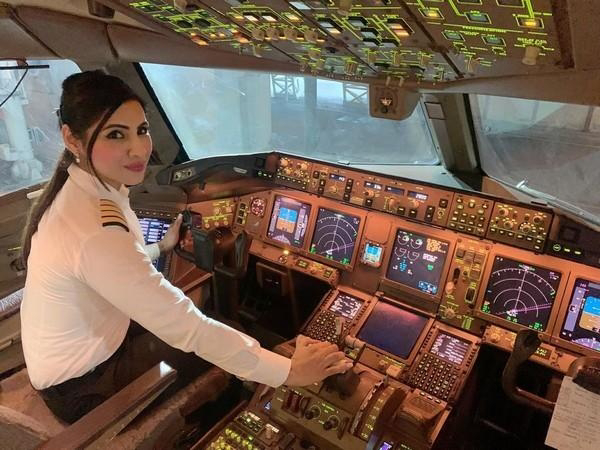In a recent analysis of global aviation data, a significant gender disparity in the commercial pilot industry has been revealed. The study examined the representation of female pilots in several countries, shedding light on the challenges faced by women in this male-dominated profession.
According to the data collected, India leads the way with the highest proportion of female commercial pilots, accounting for 12.4% of the total. This figure reflects the efforts made by Indian aviation authorities and airlines to encourage gender diversity in the cockpit. However, even with this relatively higher representation, there is still room for improvement in achieving gender equality.
In Ireland, 9.9% of commercial pilots are women, placing the country second on the list. South Africa closely follows with 9.8%, showcasing a similar trend of increased female participation in the aviation industry. Australia and Canada both demonstrate a slightly lower proportion of female pilots, standing at 7.5% and 7.0%, respectively.
Germany and the United States rank sixth and seventh, respectively, with 6.9% and 5.5% of their commercial pilots being women. The United Kingdom and New Zealand show a further decline in female representation, with figures of 4.7% and 4.5%, respectively. The data highlights the persistent gender gap and the pressing need for increased efforts to promote diversity and inclusion in the aviation sector.
Moving towards the lower end of the spectrum, Qatar reports only 2.4% female commercial pilots, indicating a significant underrepresentation of women in the country's aviation workforce. The statistics for Japan and Singapore are even more concerning, with female pilots comprising only 1.3% and 1.0% of their commercial aviation industries, respectively. These figures emphasize the substantial gender disparity that persists in these countries and the urgent need for targeted initiatives to address the issue.
The low representation of women in the commercial pilot industry can be attributed to several factors, including historical gender biases, limited access to training and mentorship programs, and societal stereotypes. Efforts are being made globally to bridge this gap and encourage more women to pursue careers in aviation. Organizations and airlines are implementing initiatives to provide scholarships, mentorship opportunities, and awareness campaigns aimed at breaking down gender barriers in the industry.
Increasing the representation of women in the commercial pilot profession not only promotes gender equality but also brings a range of benefits. Diverse perspectives and experiences in the cockpit contribute to enhanced decision-making, improved safety standards, and increased innovation within the aviation industry as a whole.
While the current statistics reflect the existing challenges, they also serve as a reminder that more needs to be done to achieve gender equality in the commercial pilot industry worldwide. Governments, aviation authorities, and airlines must continue to collaborate in implementing inclusive policies, fostering supportive environments, and encouraging young women to explore and pursue careers in aviation.
The findings of this analysis provide a stark reminder that gender disparities persist in the global commercial pilot industry. By actively addressing these issues, countries can pave the way for a more equitable and inclusive future, empowering women to soar to new heights in their professional aspirations.









